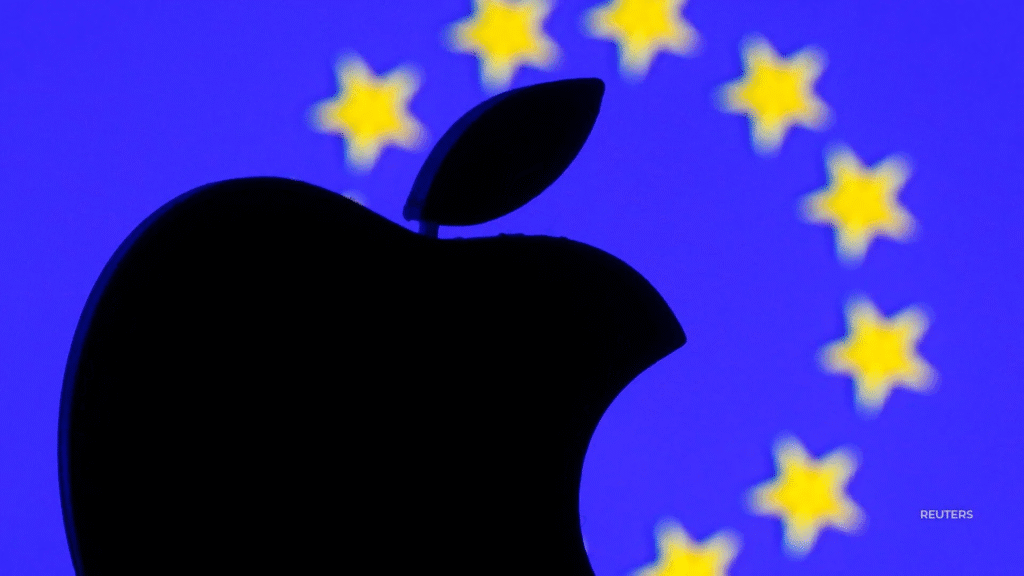Lately, Apple has come under fire for displaying warning messages next to certain apps in the EU App Store—messages that highlight when an app uses payment methods outside of Apple’s own system. At first glance, it seemed like Apple was trying to scare users off external payment options, which the new EU Digital Markets Act (DMA) now allows. But there’s a crucial detail getting lost in all the noise: these warnings aren’t new.
Despite reports suggesting otherwise, Apple told TechCrunch that these disclosure messages have actually been live since March 2024, when Apple rolled out its initial DMA compliance efforts in Europe. So the angry reactions popping up now are mostly based on a misunderstanding.
To understand why people got so riled up, it helps to know the backdrop. Apple recently faced a major legal setback in the U.S. against Epic Games—the makers of Fortnite—who won a court ruling forcing Apple to let developers link out to alternative payment systems without having to share commissions with Apple. The company is still fighting that decision, and many assumed these EU warnings were some kind of payback or pressure tactic aimed at developers, a way of saying, “We won’t make it easy for you to ditch our payment system.”
But since these warning messages were already there months ago, that theory doesn’t really hold up.
So where did all the fuss come from? It all started with one viral post on the social platform X (formerly Twitter). A user named Viktor Maric shared a screenshot of an EU app called Instacar with a bright red warning saying:
“This app does not support the App Store’s private and secure payment system. It uses external purchases.”
This message also includes a link for users to “Learn More” about what that means.
Maric captioned the post with, “First time seeing this. Apple will punish the apps with external payment system,” which caught fire quickly. Thousands liked and hundreds shared it, especially within the mobile developer community. The reaction? Mostly frustration, with folks calling Apple’s move “malicious compliance” and “entitled.”
But as it turns out, that message has been quietly sitting there for over a year, specifically for EU apps only.

Jacob Eiting, CEO of RevenueCat, chimed in on X to clarify things, pointing out that the disclosure screens are not new and have been around since Apple’s DMA rollout in Europe. His theory? Most developers in the EU haven’t jumped on offering external payment options yet, so users simply hadn’t seen the warning until now.
Apple itself also confirmed it planned to tweak the warning after some initial criticism. Back in August 2024, the company said it would change the wording to something less alarmist. Instead of warning users about “external purchases” as if they were risky, the message would read:
“Transactions in this app are supported by the developer and not Apple.”
Apple said the European Commission gave no objections to this update but asked Apple to hold off on implementing it for the time being. So the older, more cautionary message remains in place—for now.
To add another twist, just last month in April 2025, the European Commission fined Apple €500 million for not fully complying with the Digital Markets Act. Apple is appealing that decision as well.
So, when you step back, the sudden uproar over these warning screens misses a key point: Apple isn’t introducing new scare tactics; it’s dealing with ongoing regulatory pressure and trying to navigate a complex and evolving legal landscape. The warnings have been there for more than a year, quietly doing their job in Europe.
Also Read : Grok is Unpromptedly Telling X Users About South African ‘White Genocide’

